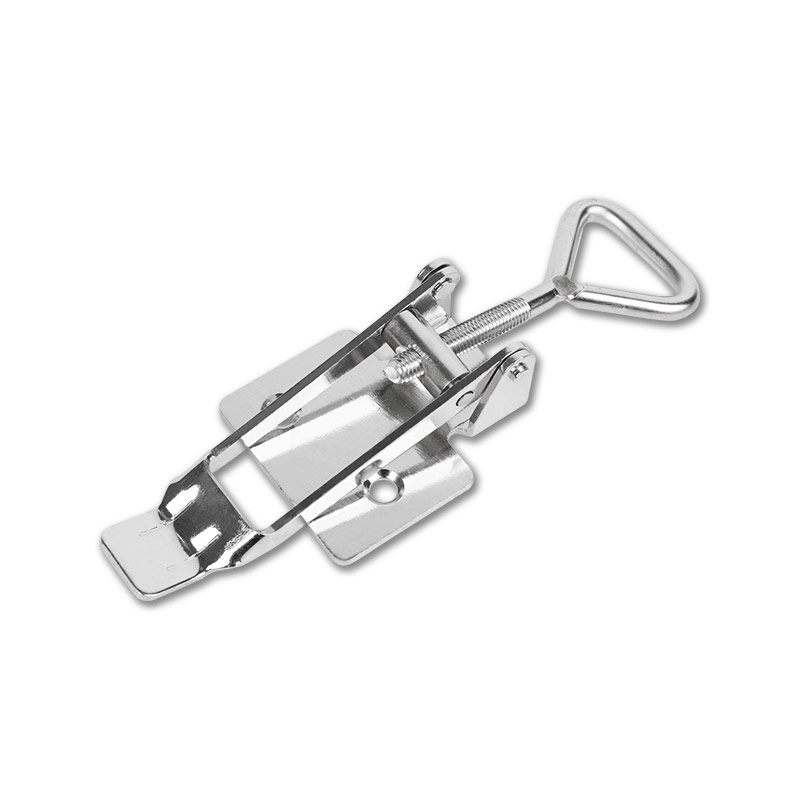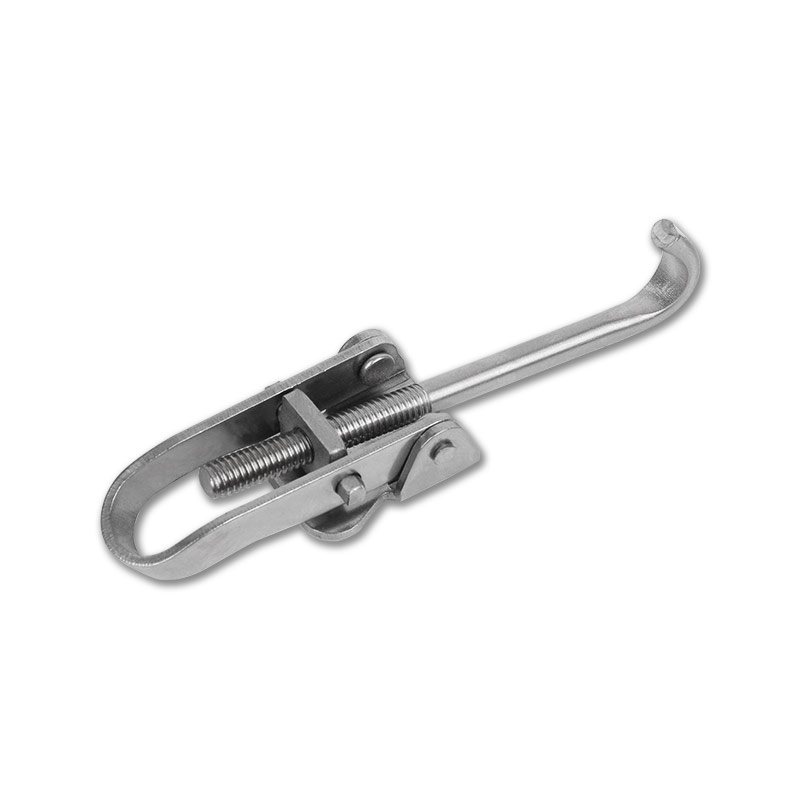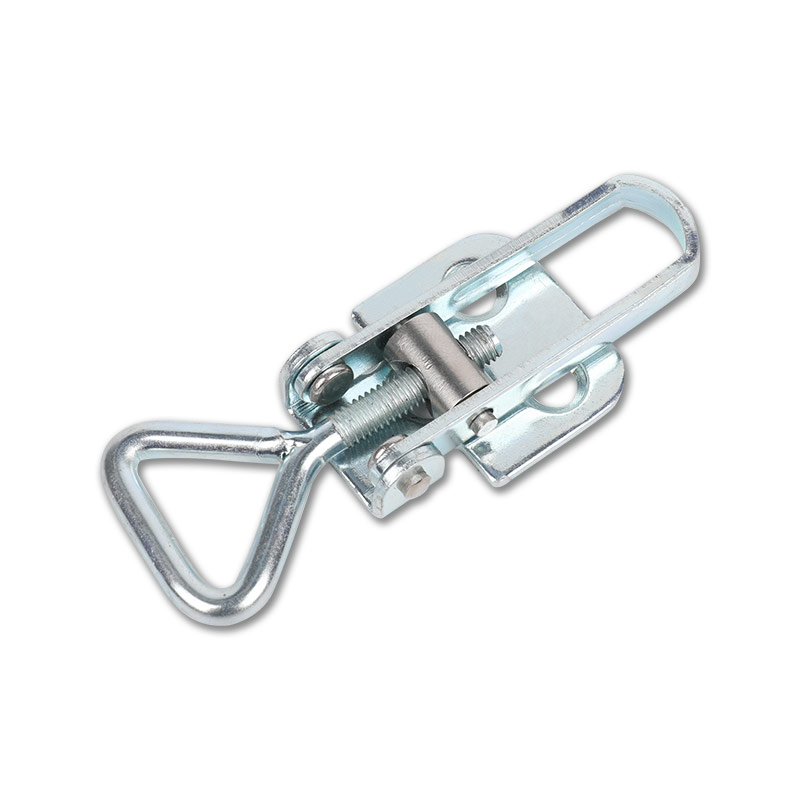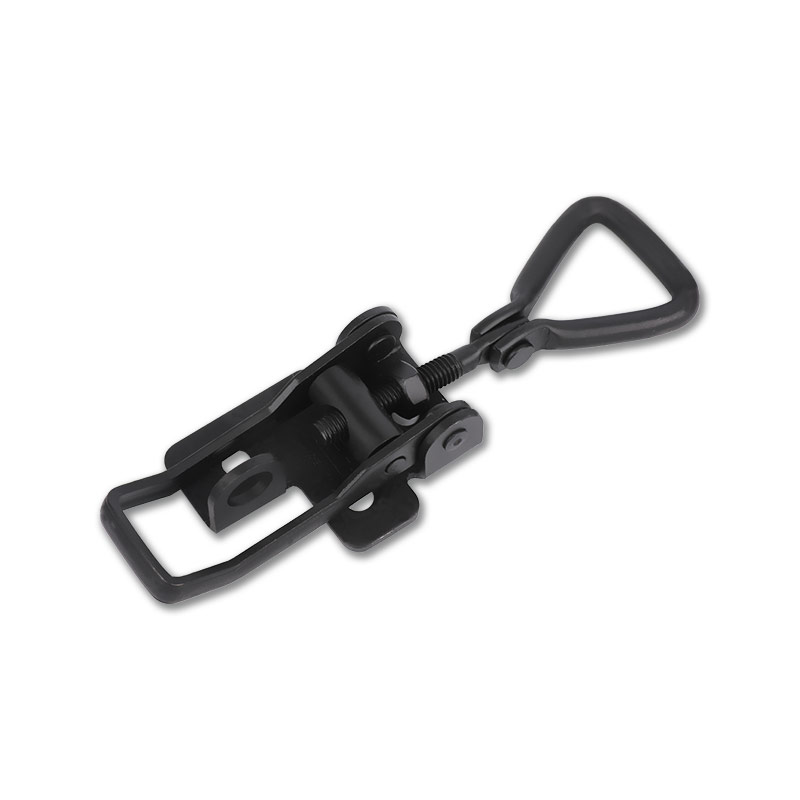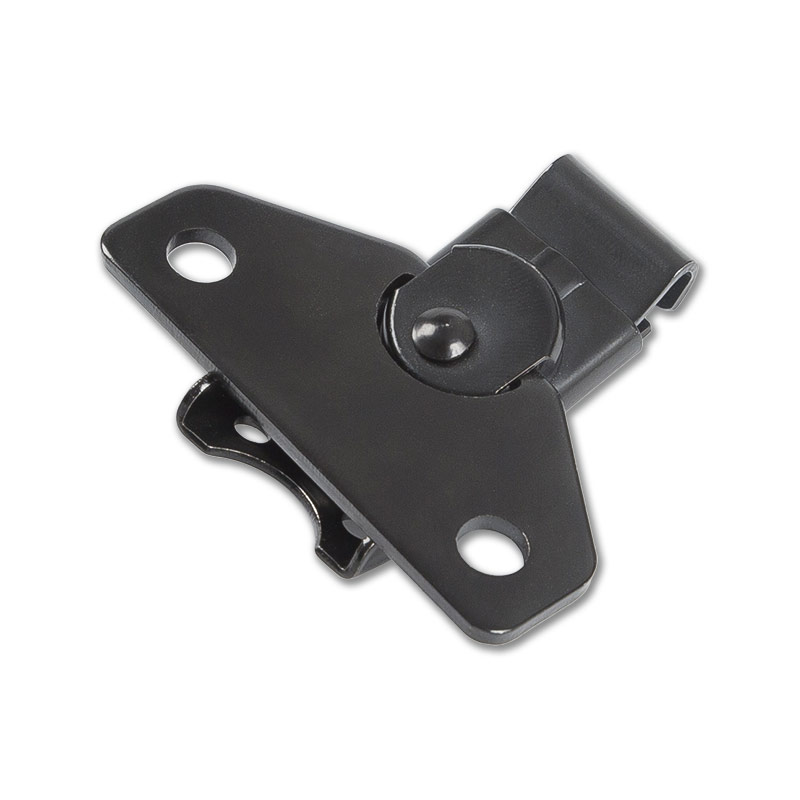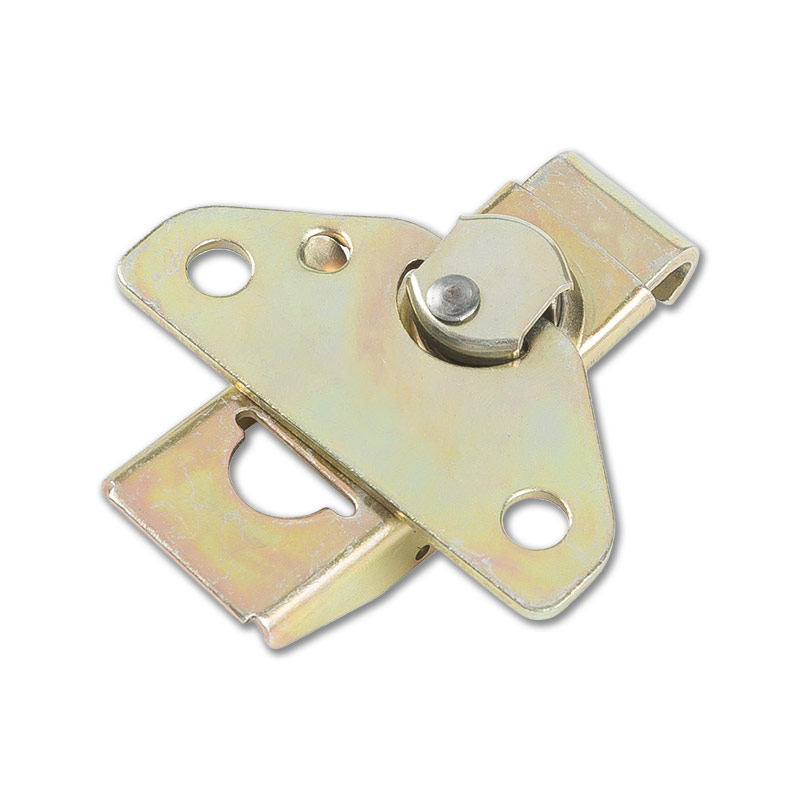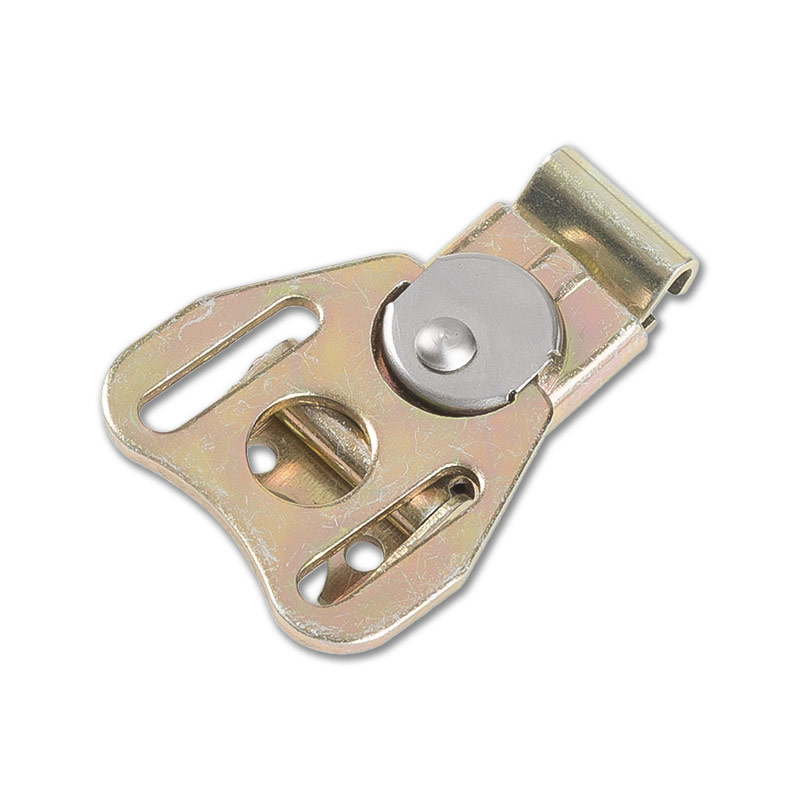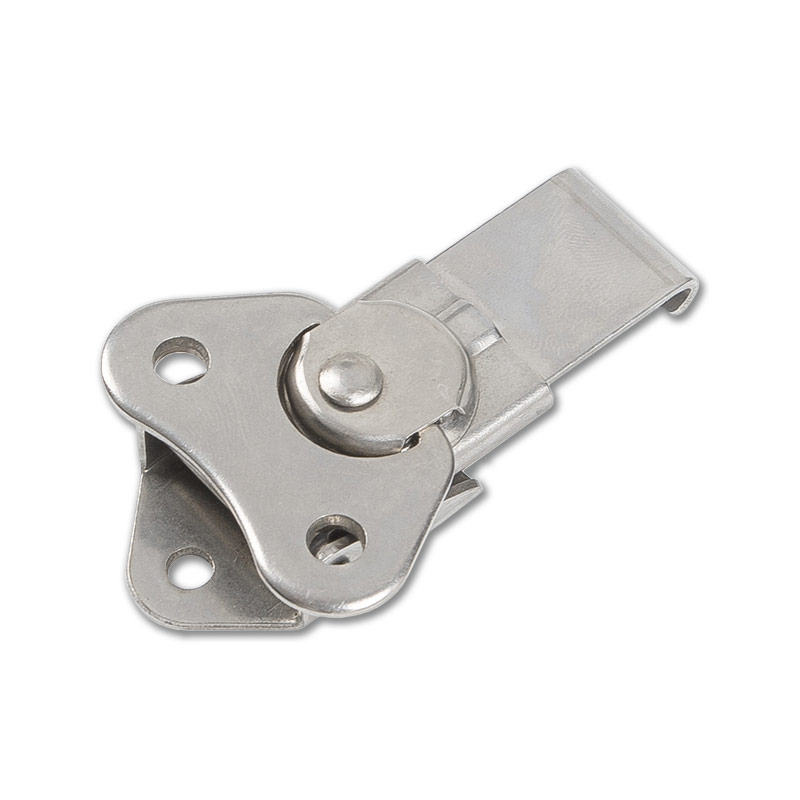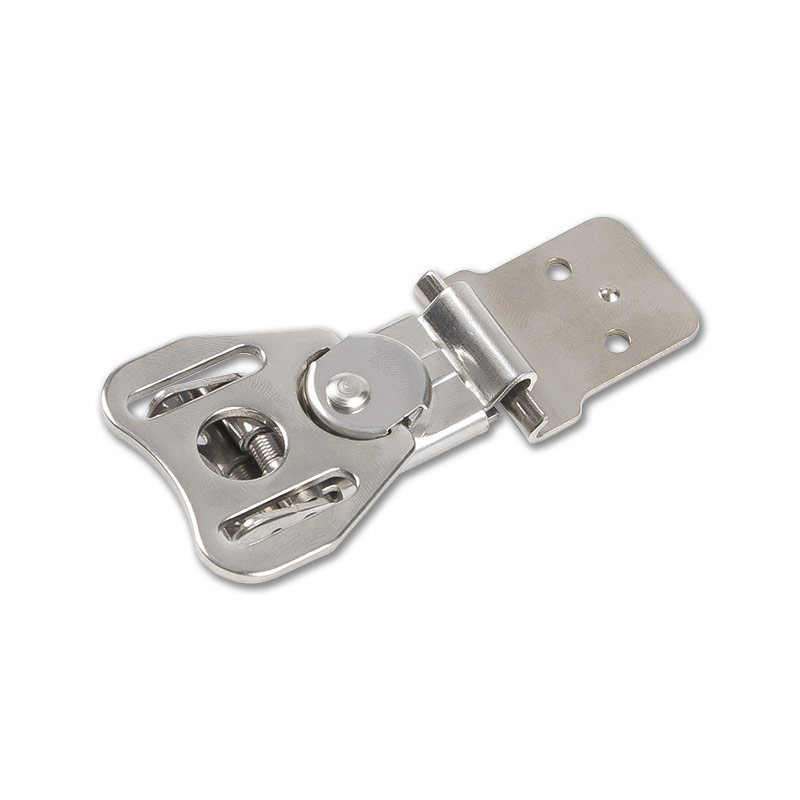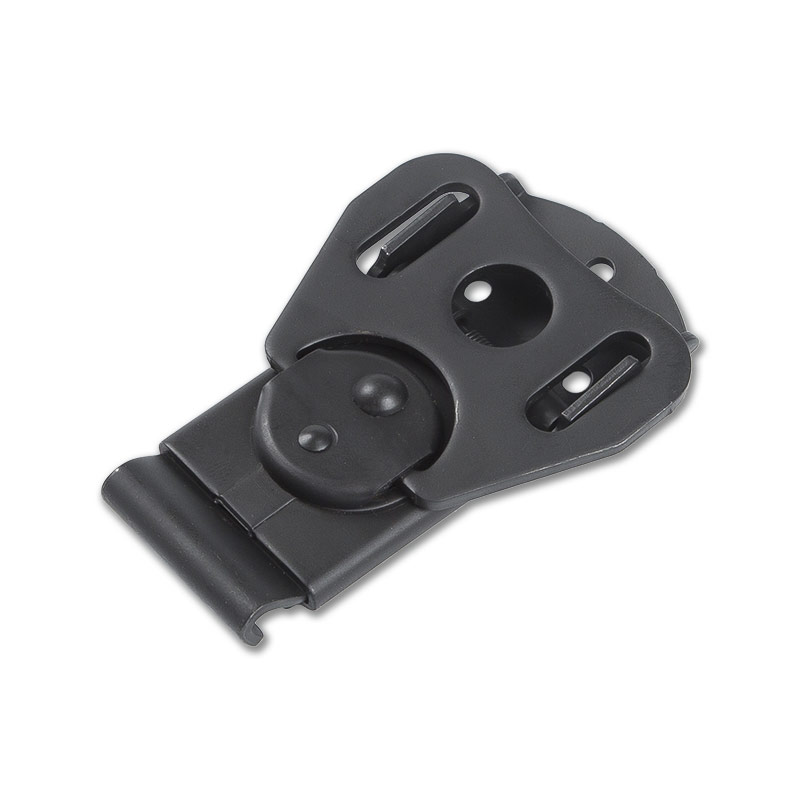1. At present, the standard parts on the market mainly include carbon steel, stainless steel and copper.
(1) Carbon steel. We distinguish low carbon steel, medium carbon steel and high carbon steel and alloy steel by the content of carbon in carbon steel material.
1. Low carbon steel C%≤0.25% is usually called A3 steel in China. Foreign countries are basically called 1008, 1015, 1018, 1022, etc. Mainly used for grade 4.8 bolts, grade 4 nuts, small screws and other products without hardness requirements. (Note: The drill tail screw is mainly made of 1022 material.)
2. Medium carbon steel 0.25%
3. High carbon steel C%>0.45%. Currently not used in the market
4. Alloy steel: Add alloying elements to ordinary carbon steel to increase some special properties of steel: such as 35, 40 chromium molybdenum, SCM435, 10B38. Fangsheng screws mainly use SCM435 chromium molybdenum alloy steel, the main components are C, Si, Mn, P, S, Cr, Mo.
(2) Stainless steel. Performance Class: 45, 50, 60, 70, 80
Mainly divided into austenite (18%Cr, 8%Ni) with good heat resistance, good corrosion resistance and good weldability. A1, A2, A4
Martensite and 13%Cr have poor corrosion resistance, high strength and good wear resistance. C1, C2, C4 ferritic stainless steels. 18%Cr has better upsetting and corrosion resistance than martensite. At present, the imported materials on the market are mainly Japanese products. According to the level, it is mainly divided into SUS302, SUS304 and SUS316.
(3) Copper. Commonly used materials are brass...zinc-copper alloys. The market mainly uses H62, H65, H68 copper as standard parts.
3. The influence of various elements in the material on the properties of steel:
1. Carbon (C): It improves the strength of steel parts, especially its heat treatment performance, but with the increase of carbon content, the plasticity and toughness decrease, and it will affect the cold heading performance and welding performance of steel parts.
2. Manganese (Mn): Improve the strength of steel and improve hardenability to a certain extent. That is, it increases the strength of hardening penetration during quenching, and manganese can also improve surface quality, but too much manganese is detrimental to ductility and weldability. And will affect the control of the coating during electroplating.
3. Nickel (Ni): Improve the strength of steel parts, improve the toughness at low temperature, improve the resistance to atmospheric corrosion, and can ensure stable heat treatment effect and reduce the effect of hydrogen embrittlement.
4. Chromium (Cr): It can improve hardenability, improve wear resistance, improve corrosion resistance, and is conducive to maintaining strength at high temperatures.
5. Molybdenum (Mo): It can help control hardenability, reduce the sensitivity of steel to temper brittleness, and have a great impact on improving tensile strength at high temperatures.
6. Boron (B): It can improve the hardenability and help the low carbon steel to have the expected response to heat treatment.
7. Alum (V): refines austenite grains and improves toughness.
8. Silicon (Si): To ensure the strength of steel parts, appropriate content can improve the plasticity and toughness of steel parts.
(2) The relationship between the main chemical composition and the properties of stainless steel.
1. Carbon C can increase hardness and strength, and excessive content will reduce its ductility and corrosion resistance
2. Chromium Cr can increase corrosion resistance, oxidation resistance, refine grains, increase strength, hardness and wear resistance
3. Nickel Ni can increase high temperature strength, corrosion resistance and reduce the rate of cold work hardening
4. Molybdenum Mo increases the strength and has excellent corrosion resistance to oxides and seawater

 English
English Español
Español